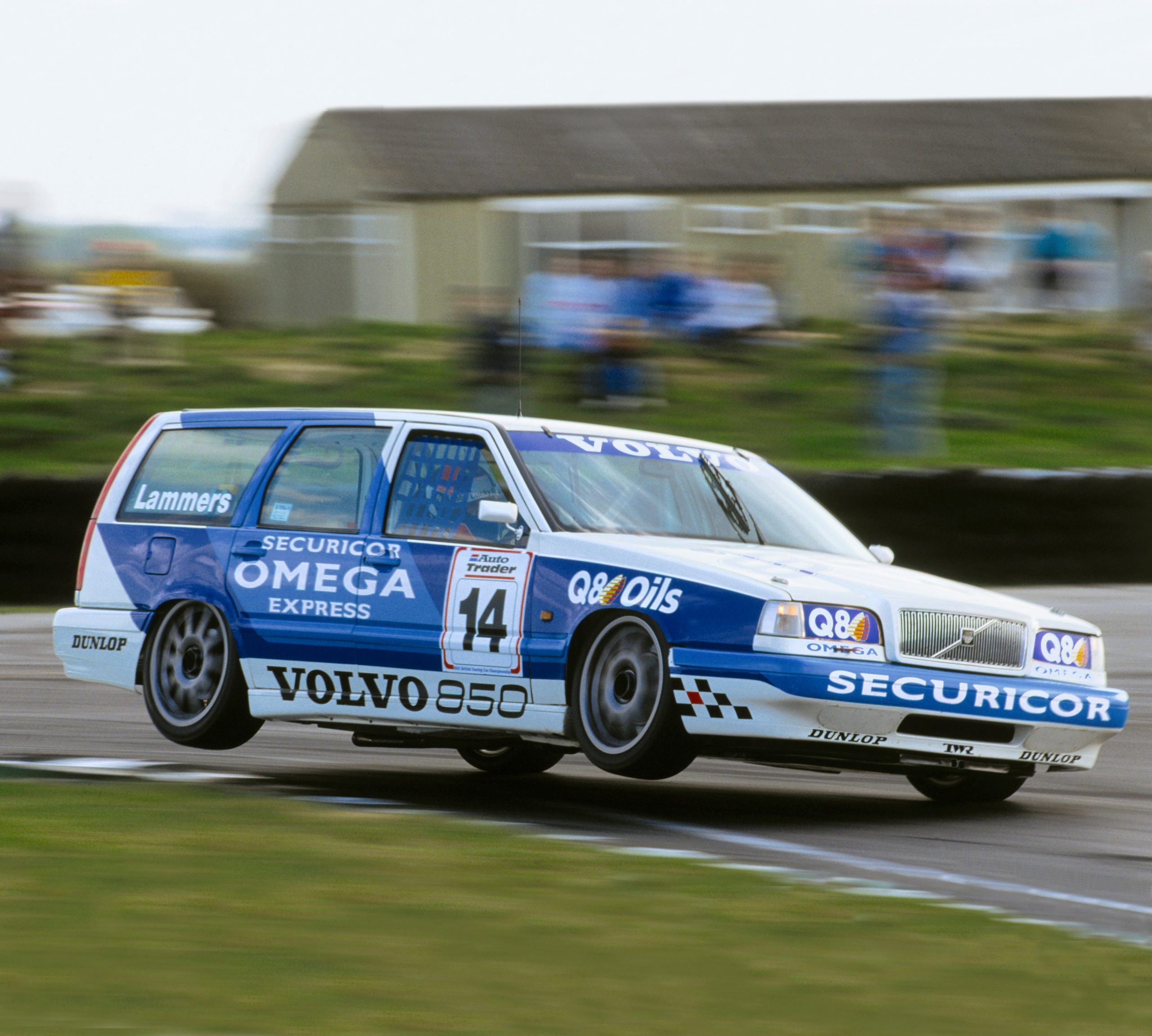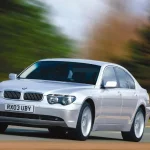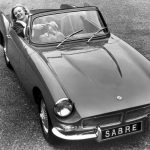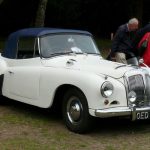Author: Jon Burgess
Photos: Volvo
It’s 1985, and the second One Lap of America (OLOA) is about to commence. A sanitised, legally sanctioned spin-off of Brock Yates’ infamous Cannonball Run, it was, at its heart, a series of regularity rallies from sea to shining sea, wriggling around the USA.
Among the entrants was a Volvo 740 Estate, driven by professional Sports Car Club of America wheelman Wayne Baldwin, better known for his exploits in a Volvo 142. Tagging along is navigator, Anna Kruchowski, and journalist, Anthony Assenza.
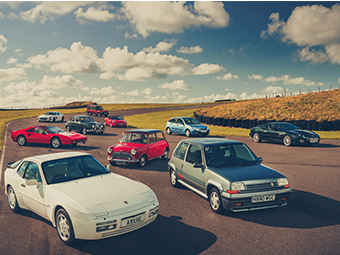
Sanitised and legally sanctioned it may have been – and therefore a perfect setting for the pearl clutching histrionics of a Volvo 740 Estate – the OLOA remained a brutally fast point-to-point checkpoint dash.
Steven Cole Smith, of Grassroots Motorsport, described the 8880-mile route thusly: ‘Teams would start in Detroit, drive to California, to the Mexican border in Southernmost Texas, to the East Coast, north to New York, and back to Detroit. There would be rally-style checkpoints which allowed Yates to avoid calling it a race. It was a rally! (It was a race.)’
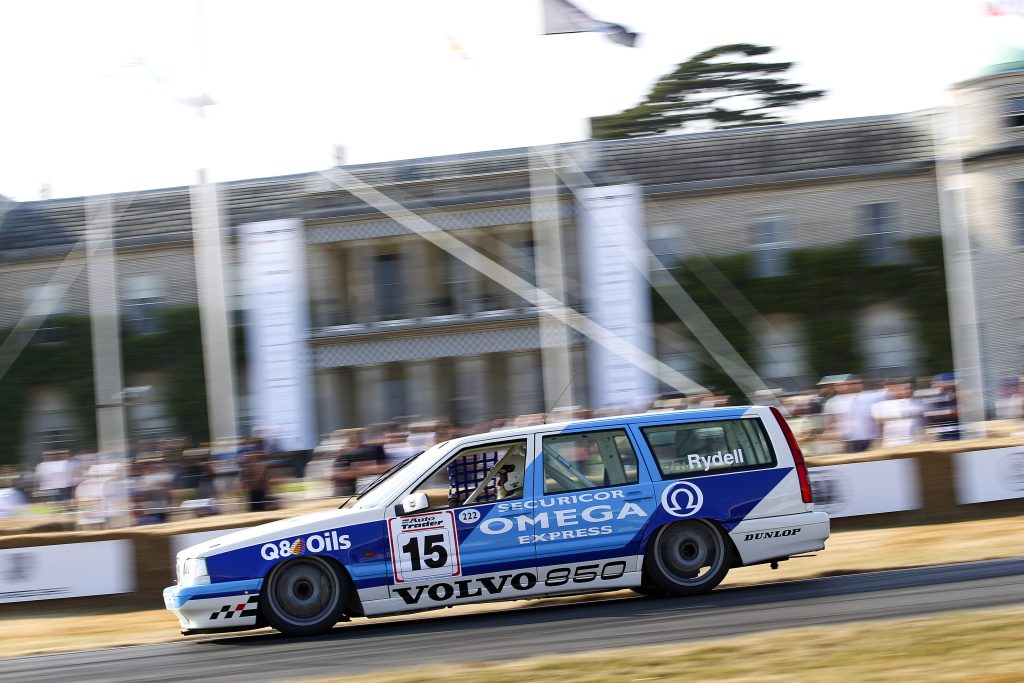
With a laptop calculating times and a cobbled up radar detector hidden behind a fake head unit to avoid hefty fines (from states in which forewarning of speed traps was illegal), the Volvo crew topped more than 120mph between snow packed berm roads, and prowling State Troopers.
Four special road sections needed drivers to set a time and then up their pace according to instructions handed out at the very last minute. Safety advocate Ralph Nader drove founder Brock Yates into a paranoid frenzy by threatening to boycott the start, for which Caroll Shelby dropped the hanky.
Nader never showed.
Once the penalties were worked out, the 740 Estate finished 16th out of an 80 car grid that had included Audi 5000 Quattros, Porsche 944s, and heavy Chrysler sponsorship. Not bad for a car that the Catalina wine-mixer would have turned away.

Volvos had long turned their wheels in anger in Scandinavia: the odd PV Duett estate car would be seen on a privateer rally or battling it out in folk races. Plenty of 444s and 544s had competed Stateside in the Fifties and Sixties, too – but by the Eighties, Volvo North America Corporation was looking for ways to promote the 740 Turbo Estate’s blend of space and pace.
Bob Austin, then public relations manager, secured corporate backing for a 740 Turbo Estate (745T within Volvo) to attempt OLOA, and was looking to take things further still, a view shared by Bill Hoover, Volvo Cars North America Executive Vice President.
Hoover was a keen racer himself, having campaigned a 242 Turbo in SCCA championships, and pressed Austin to come up with a motorsports-based marketing push that would get footfall into Volvo showrooms. One of Austin’s team, keen race fan and Volvo staffer Fred Hammond, was keen to get a result – but neither of them could come up with a proposal that Hoover liked.
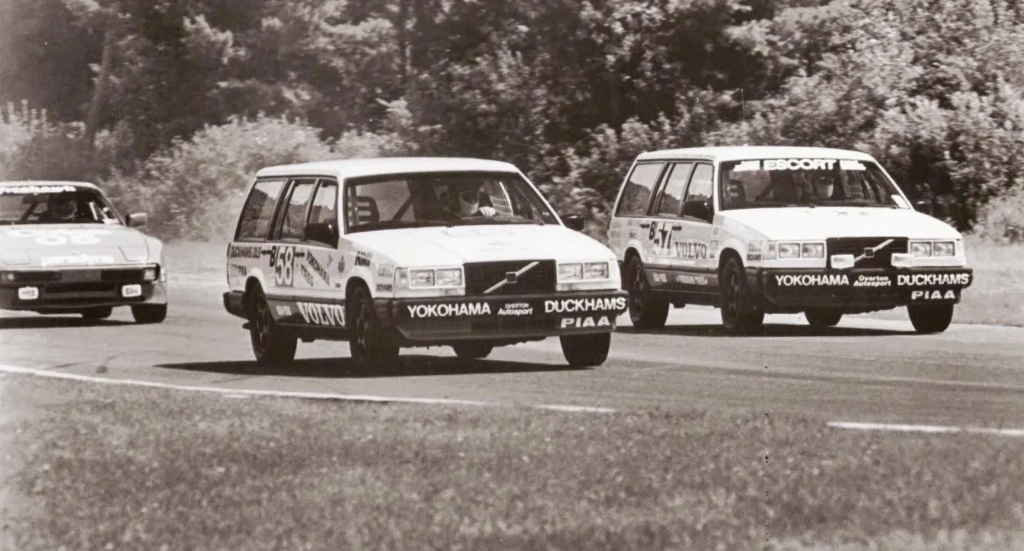
By the beginning of 1986, a letter arrived at Volvo Cars North America’s (VCNA’s) office. Its author, John Overton, was a Californian SCCA veteran who had written to Fred in the hopes of securing corporate sponsorship for a pair of 740 Turbo saloons in the SCCA/Escort Endurance Championship Professional Racing Series. As its name implied, these races were serious affairs, some heats lasting 24 hours.
The proposal impressed Hoover, but he remained worried about the negative publicity if the cars crashed, suffered mechanical failure, or failed to make the podium. Here, Austin and Hammond upped the ante: they’d ask journalists with competition licences to share the driving with Overton, their monthly features keeping the cars in the spotlight.
Nearly, but not quite. Then, the VCNA PR team had a ‘Eureka’ moment: field a pair of 745T estates. Win or lose, they’d be memorable: if they came out on top, it would be a spectacle like no other; if they didn’t win, there’d soon be another round for the plucky underdogs.
It worked. The 745T duo ended up in Pro Showroom Stock ‘B’ class, pitched against Camaros, Saleen Mustangs, 944s, and Starion Turbos, among others. VCNA never officially acknowledged its backing but that didn’t stop the 745Ts setting qualifying lap records, and front row class grid starts.
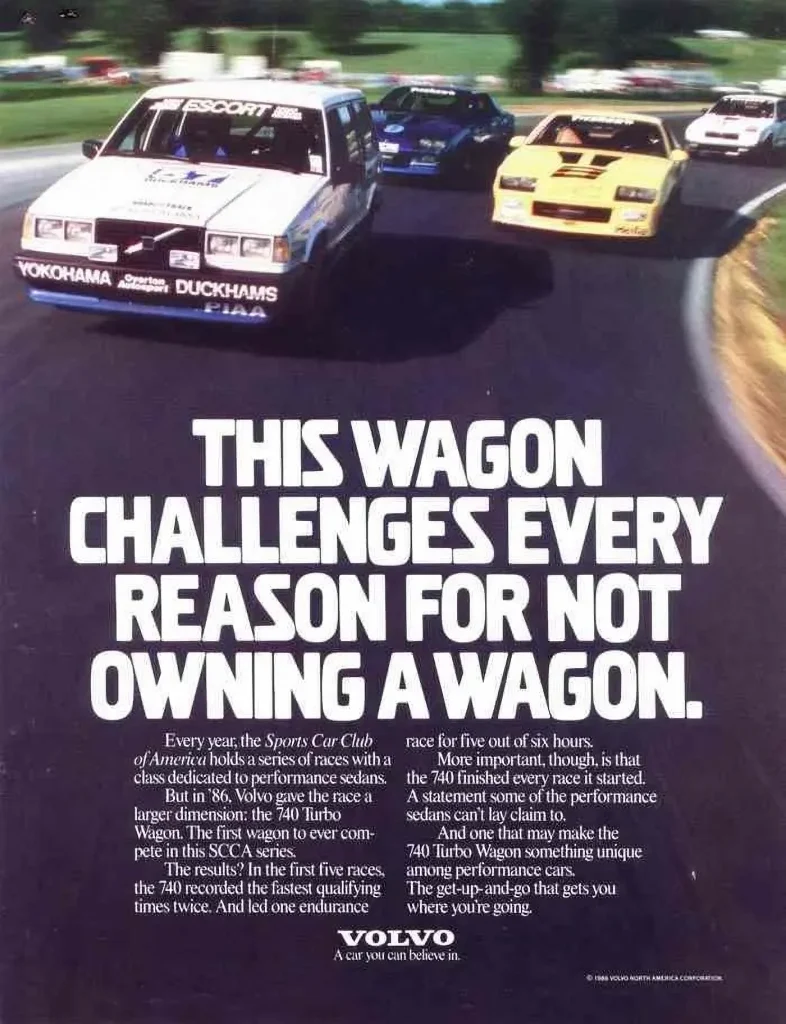
Competitors took the piss, even sticking ‘Baby On Board’ stickers in the rear tailgates, but the 745Ts were more than up to the job, with glowing tales of their exploits appearing in Car & Driver, Road & Track and on Canadian television.
Control tyres and SCCA-approved roll cage aside, the 745Ts were standard, apart from some cheeky bleed valve antics with boost pressures for qualifying. It was certainly a far cry from the rule-bending, bespoke head manufacture of Tom Walkinshaw Racing’s 850 Estate, which appeared eight years later in the British Touring Car Championship (BTCC).
Strangely enough, Overton Racing were banned from adding bespoke cam carriers, larger cams, valves, and altering the angle of 745T’s head relative to the block (yes, TWR read the rule book). Its 850 did run with a soft toy collie dog on occasion, proving some Volvo habits die hard.
Like the 850 Estate in the BTCC, the 745Ts went well, were quick in practice and provided an exciting spectacle, but didn’t go the distance (figuratively and literally).
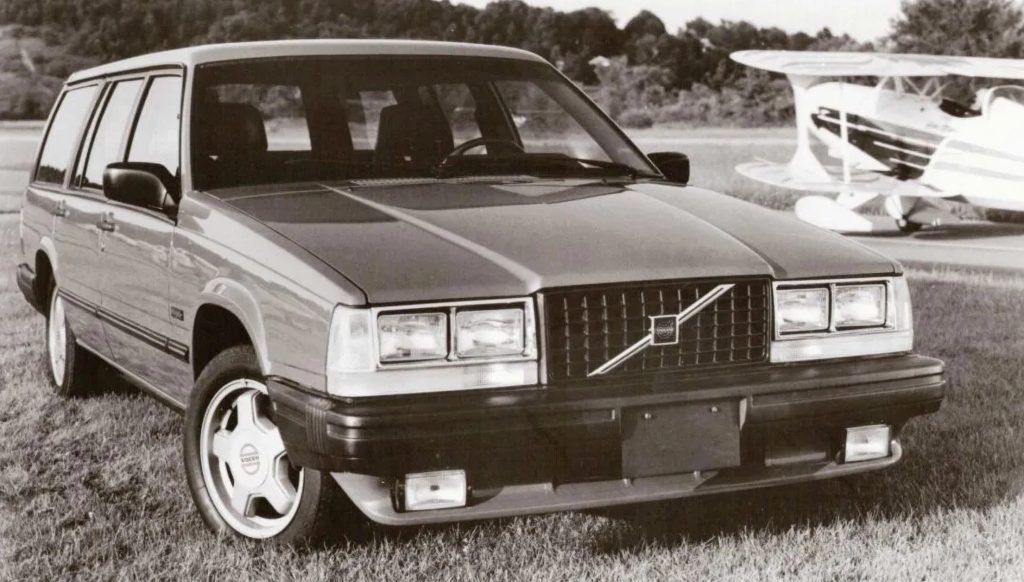
Fuel consumption was the killer: at full chat, drivers said they could see the gauge move. A larger fuel tank wasn’t allowed, so Overton and co kept having to stop for fuel.
SCCA rules prevented a bigger tank going in, or tuning the engine to drink less – that, and, the budget was tiny: $100k for the season, which included the cars. Rumours persist online that remanufactured engines were used: this could account for several detonation-adjacent mishaps which further held the cars back.
Though marvellous publicity tools, there was no will or budget to further develop the 745Ts for the 1987 season. Volvo’s point had been made; though those gallant 745Ts ended up on the scales, they walked so that the 850 BTCC Estate could run.
Which forgotten Volvo racing wagons deserve a second chance in the spotlight? Let us know your favourites in the comments below.
Keep your classic on the road
At Hagerty, our mission is simple: to help you protect the car you love. Discover trusted classic car insurance from the people who get it.
